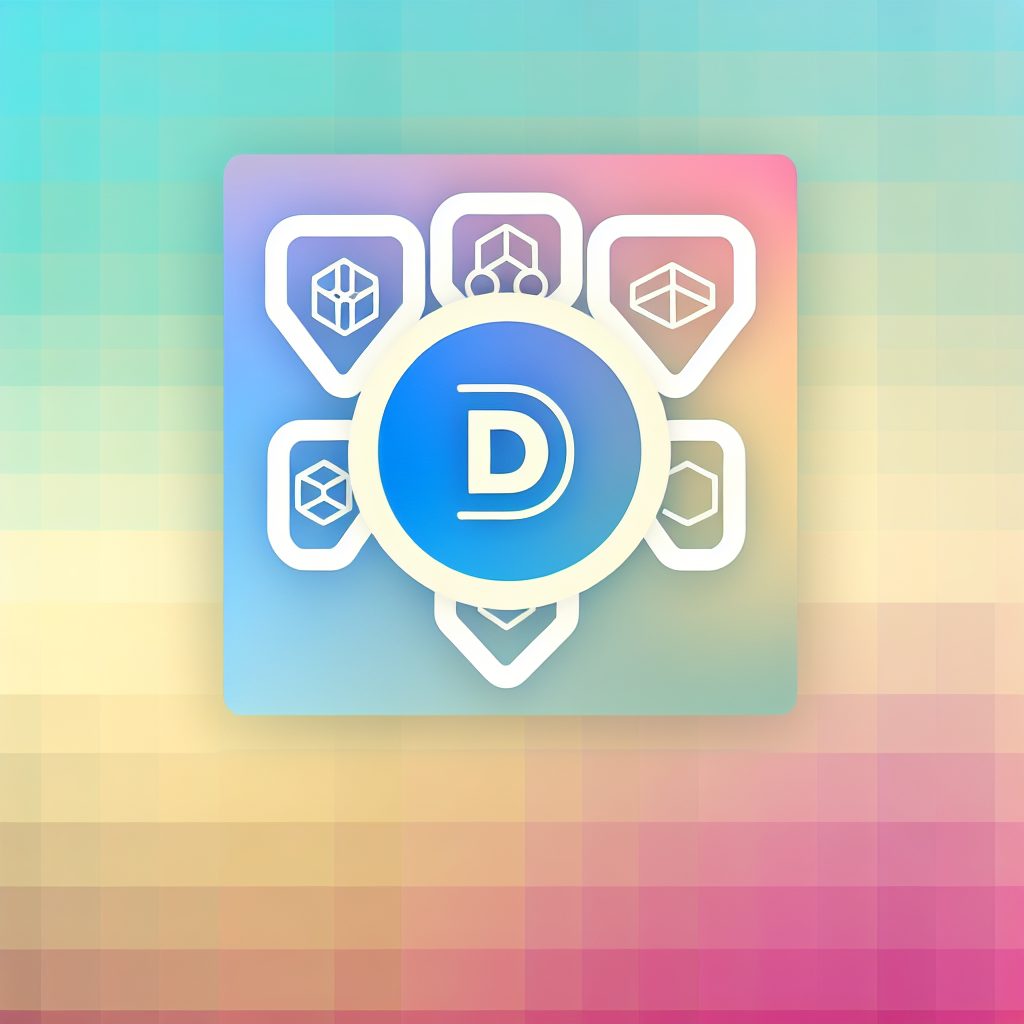What Is a Crypto Dapp?
The cryptocurrency landscape has evolved significantly over the past decade, introducing a myriad of innovations that have transformed how we perceive finance, technology, and even governance. Among these innovations, Decentralized Applications, commonly known as Dapps, have emerged as a pivotal component of the blockchain ecosystem. This article delves into the intricacies of crypto Dapps, exploring their functionality, benefits, and real-world applications.
Understanding Dapps
A Dapp is a software application that runs on a decentralized network, typically a blockchain. Unlike traditional applications that rely on centralized servers, Dapps leverage the power of blockchain technology to provide a more secure, transparent, and efficient user experience. They are designed to operate autonomously, without the need for intermediaries, which is a fundamental principle of the cryptocurrency ethos.
Key Characteristics of Dapps
To better understand what sets Dapps apart from conventional applications, let’s explore their key characteristics:
- Decentralization: Dapps operate on a peer-to-peer network, ensuring that no single entity has control over the application.
- Open Source: Most Dapps are open-source, allowing developers to contribute to their code and improve functionality.
- Incentivization: Dapps often incorporate a token-based economy, rewarding users for their participation and contributions.
- Smart Contracts: Dapps utilize smart contracts to automate processes and enforce agreements without the need for intermediaries.
- Blockchain Integration: Dapps are built on various blockchain platforms, such as Ethereum, Binance Smart Chain, and Solana, among others.
Types of Dapps
Dapps can be categorized into three main types based on their functionality and underlying technology:
- Type 1 Dapps: These are built on their own blockchain. Examples include Bitcoin and Ethereum.
- Type 2 Dapps: These run on top of existing blockchains and utilize smart contracts. Examples include Uniswap and Compound.
- Type 3 Dapps: These are decentralized applications that rely on external data sources and APIs. Examples include Augur and Chainlink.
How Dapps Work
The functionality of Dapps is primarily driven by smart contracts, which are self-executing contracts with the terms of the agreement directly written into code. Here’s a simplified breakdown of how Dapps operate:
- Deployment: Developers create a Dapp and deploy it on a blockchain network.
- User Interaction: Users interact with the Dapp through a user interface, often facilitated by a web browser or mobile application.
- Smart Contract Execution: When users perform actions (e.g., making a transaction), the Dapp triggers the relevant smart contracts.
- Consensus Mechanism: The blockchain network validates the transaction through its consensus mechanism (e.g., Proof of Work or Proof of Stake).
- Data Storage: Transaction data is stored on the blockchain, ensuring transparency and immutability.
Benefits of Using Dapps
Dapps offer several advantages over traditional applications, making them an attractive option for developers and users alike:

- Transparency: All transactions are recorded on the blockchain, providing a transparent and verifiable history.
- Security: The decentralized nature of Dapps reduces the risk of hacking and data breaches.
- Reduced Costs: By eliminating intermediaries, Dapps can lower transaction fees and operational costs.
- Global Accessibility: Dapps can be accessed from anywhere in the world, promoting financial inclusion.
- Community Governance: Many Dapps incorporate governance tokens, allowing users to participate in decision-making processes.
Real-World Applications of Dapps
Dapps have found applications across various industries, showcasing their versatility and potential. Here are some notable examples:
1. Decentralized Finance (DeFi)
The DeFi sector has witnessed explosive growth, with Dapps enabling users to lend, borrow, and trade cryptocurrencies without intermediaries. Platforms like Aave and MakerDAO allow users to earn interest on their crypto holdings or take out loans using their assets as collateral.
2. Non-Fungible Tokens (NFTs)
Dapps have revolutionized the art and collectibles market through NFTs. Platforms like OpenSea and Rarible allow artists to tokenize their work, providing a new revenue stream while ensuring authenticity and ownership.
3. Gaming
The gaming industry has embraced Dapps with titles like Axie Infinity and Decentraland, where players can earn cryptocurrency by participating in gameplay and trading in-game assets.
4. Supply Chain Management
Companies are leveraging Dapps to enhance transparency and traceability in supply chains. For instance, VeChain uses blockchain technology to track products from production to delivery, ensuring authenticity and reducing fraud.
Challenges Facing Dapps
Despite their numerous advantages, Dapps face several challenges that could hinder their widespread adoption:
- Scalability: Many blockchain networks struggle with scalability, leading to slow transaction times and high fees during peak usage.
- User Experience: The complexity of interacting with Dapps can deter non-technical users.
- Regulatory Uncertainty: The evolving regulatory landscape poses risks for Dapp developers and users alike.
- Security Vulnerabilities: While Dapps are generally secure, poorly coded smart contracts can be exploited, leading to significant financial losses.
The Future of Dapps
The future of Dapps looks promising as the technology continues to evolve. Innovations such as layer-2 solutions and cross-chain interoperability are expected to address current challenges, enhancing scalability and user experience. Furthermore, as more industries recognize the benefits of decentralization, the demand for Dapps is likely to grow.
FAQs About Crypto Dapps
What is the difference between a Dapp and a traditional app?
A Dapp operates on a decentralized network, while traditional apps rely on centralized servers. This fundamental difference impacts security, transparency, and user control.
Are Dapps safe to use?
While Dapps offer enhanced security due to their decentralized nature, users should exercise caution. Poorly coded smart contracts can be vulnerable to attacks, so it’s essential to use reputable Dapps.
How can I interact with a Dapp?
To interact with a Dapp, you typically need a cryptocurrency wallet that supports the blockchain on which the Dapp is built. You can then connect your wallet to the Dapp’s interface.
Can I create my own Dapp?
Yes, developers can create their own Dapps by writing smart contracts and deploying them on a blockchain. Various platforms provide tools and resources to facilitate Dapp development.
What are some popular Dapps?
Some popular Dapps include Uniswap, Aave, OpenSea, and Axie Infinity. Each serves different purposes within the blockchain ecosystem.
Conclusion
In summary, crypto Dapps represent a significant advancement in the way applications are developed and utilized within the blockchain ecosystem. Their decentralized nature, combined with the power of smart contracts, offers numerous benefits, including enhanced security, transparency, and reduced costs. As the technology continues to evolve, Dapps are poised to play a crucial role in shaping the future of various industries.
For those looking to stay updated on the latest trends and developments in the cryptocurrency space, platforms like Bitrabo provide valuable insights and price tracking. Follow me on social media for more updates: X, Instagram, Threads.
Disclaimer: The information provided in this article is for informational purposes only and should not be considered financial advice. Always conduct your own research before making investment decisions.
The Crypto Watchlist of the Week 🔎
Subscribe to receive expert-curated projects with real potential—plus trends, risks, and insights that matter. Get handpicked crypto projects, deep analysis & market updates delivered to you.


